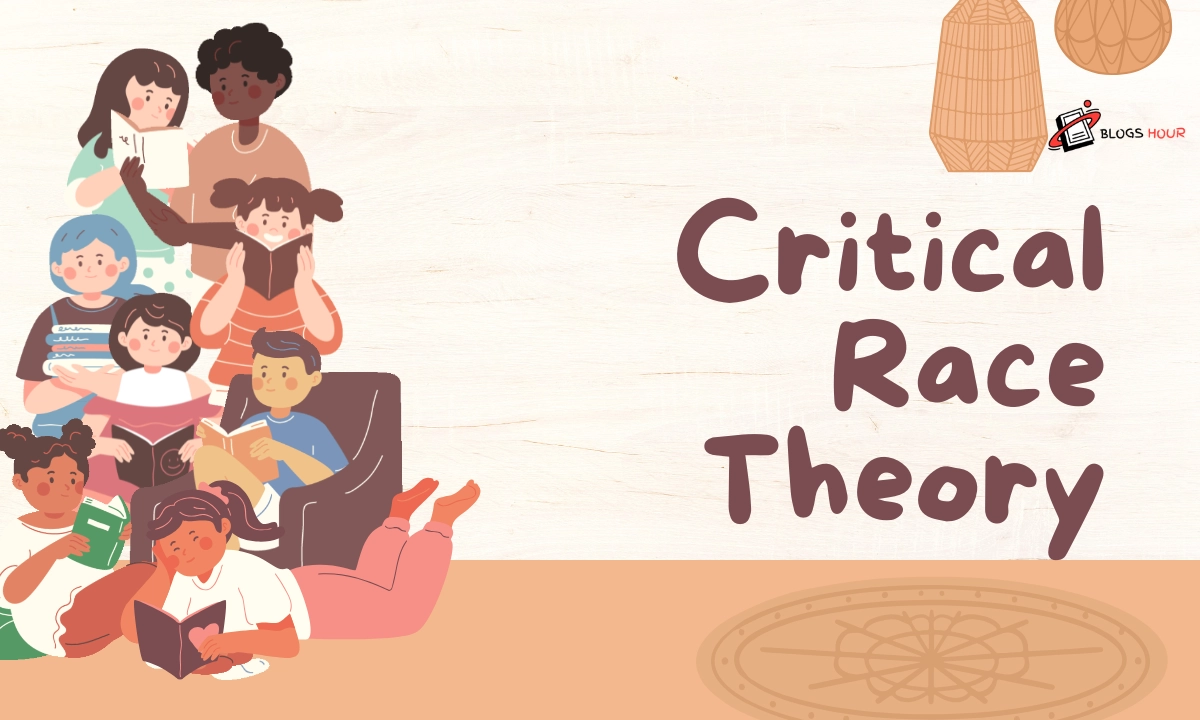Critical Race Theory
While societies all over the world attempt to understand and rectify racial injustices, Critical Race Theory (CRT) as a critical perspective that provides insightful aspects is easy to notice. CRT is rooted in the historical and sociological context of law but was developed as a movement that aimed to study how law contributes to systemic racism, which has now spread to various components of social discourse. Nevertheless, the main question remains for the uninitiated: what is critical race theory? Critical race theory is an academic theory and research perspective that aims to untangle and interrogate the race, law, and power dynamics that uphold racial inequality, and in doing so, it also helps pave the way toward a more equitable society.
CRT strives to analyze the law and social disputes while offering a more multidisciplinary framework that extends the boundaries of social and political theories. While focused on the interpretation of race as a social issue, this strategy questions the prevailing race relations and addresses those ‘uncomfortable’ issues often overlooked. Such an approach opens up a new understanding of historical and contemporary studies of race-related issues for policy formulation and social change.
Historical Context of Critical Race Theory
It is considered that Critical Race Theory emerged during the last two decades of the last century, a time when scholars started questioning the achievements of social equality movements. They felt that this legal and social progress did not sufficiently deal with the depth and breadth of institutional racism. These scholars conducted an intellectual revolution that pitted dominant ideas about civil rights against central ideas about justice and social change, advocating for a radical approach to legal reform. Concerned about the slow movement towards equal rights, they developed CRT to give a better scrutiny of the long-established relationships between law and racism.
In this sense, critical race theory is grounded in the history of people who struggled to dismantle racism through continuous praxis. Discourse on the topic has proven to be more interdisciplinary embracing among others language and culture. This historical perspective gives an understanding of the development of CRT into a distinct set of ideas that encompasses events in US society and politics.
Core Concepts of Critical Race Theory
The purpose of CRT is to educate about the latent and overt forms of racism that are embedded in cultural structures. One of the core tenets is the belief that racial discrimination is commonplace and not deviant in the everyday experiences of minority groups. In line with CRT, race is used as a social construct that is artificially positioned in social hierarchy thereby rationalizing and justifying the existence of racial inequality. This view contests the assumption that progress towards racial equality is in a straight line or inevitable without the active scrutiny and restructuring of social values and institutions.
Another core principle of CRT is the concept of intersectionality – the understanding that people have multiple and intersecting systems of oppression or discrimination based on their identities. According to critical race theory, these intersecting social identities are crucial in appreciating the complexity of social discrimination including race, gender, social class, and sexuality. These concepts bring attention to the necessity for a more multi-dimensional approach to the analysis and dismantling of structural racism, as they reveal the depth and complexity of oppression that goes beyond simple racism.
Critical Race Theory in Education
As a field of application and research CRT has schooling as an important area. It advances a curriculum where students and even teachers have the opportunity to examine the relevance of race and racism in the development of education policies and practices. Such policies may include the inclusion of multicultural perspectives aimed at creating a more equitable educational environment that acknowledges the experiences and needs of marginalized communities.
However, the implementation of CRT in classrooms has sparked controversy with some arguing about the suitability of the materials for young children. Critics of CRT in education argue that it has a divisive outlook where race takes the attention that would have unified the country. On the other hand, its proponents counter that viewing race through a CRT lens is essential for training students to understand and address the historically entrenched racial issues of society, thereby creating a more educated and compassionate society.
This issue is not only a theoretical debate but rather loaded with real consequences which accounts for the different positions in the ongoing debate on CRT and its role in higher education institutions.
Critical Race Theory and the Law: The Controversy for Lawyers and Experts
Critical race theory is by no means immune from the criticism that all political commentators level out against the general set of laws which we all presume to be the value and equity gatekeeper of the society. Legal scholars applying CRT argue that racism has broadly and, on occasions, specific instances, manifested and expressed itself through the law that governs this country. They assert that legal systems are also unwittingly racist in that they help to perpetuate racial inequality and injustice – oftentimes through what seem to be color-blind rules and policies. Thus, the using of CRT in legal studies is useful since it provides an understanding of how racial inequalities are constructed and maintained and how they can be dismantled.
Support and Criticism of Critical Race Theory: The Results Are Mixed
Many supporters hold that CRT deserves this intense criticism for bringing to light the deeply entrenched racism embedded within institutions that most people overlook and so it’s an important tool for nurturing a more constructive and inclusive society, it has also raised a lot of criticism. By placing race at the center of dialogues surrounding social issues, critics argue that CRT can create a sense of strife and resentment. They also argue that its focus on structural deficiencies may overlook the capacity of individuals to take action and the possibility of social harmony.
Applying a Critical Lens to Race in America Social Studies Topics
It’s fair to say that the media portrays the same lack of respect in topical discussions on Critical Race Theory. CRT is effective in different ways, it helps people understand it. It has gone so far that the common Norwegian opinion about such topics can be thoroughly analyzed by the news. It is not unusual that big historic events are associated with dramatic changes in the culture as well as the way people think. Everything is possible when you conquer the past.
Final Thoughts: Appealing to CRT Concepts Now
Critical Race Theory focuses on racism as a primary force as well which only adds value to its existence in the modern world. As society struggles with legacies of oppression and racism, there are plenty of such contradictions in the society that are governed by fixed stereotypes, and feminist models that need hard scrutiny. As society grapples with these questions, it looks at the past through the lens of CRT to envisage and create a more equal future.




